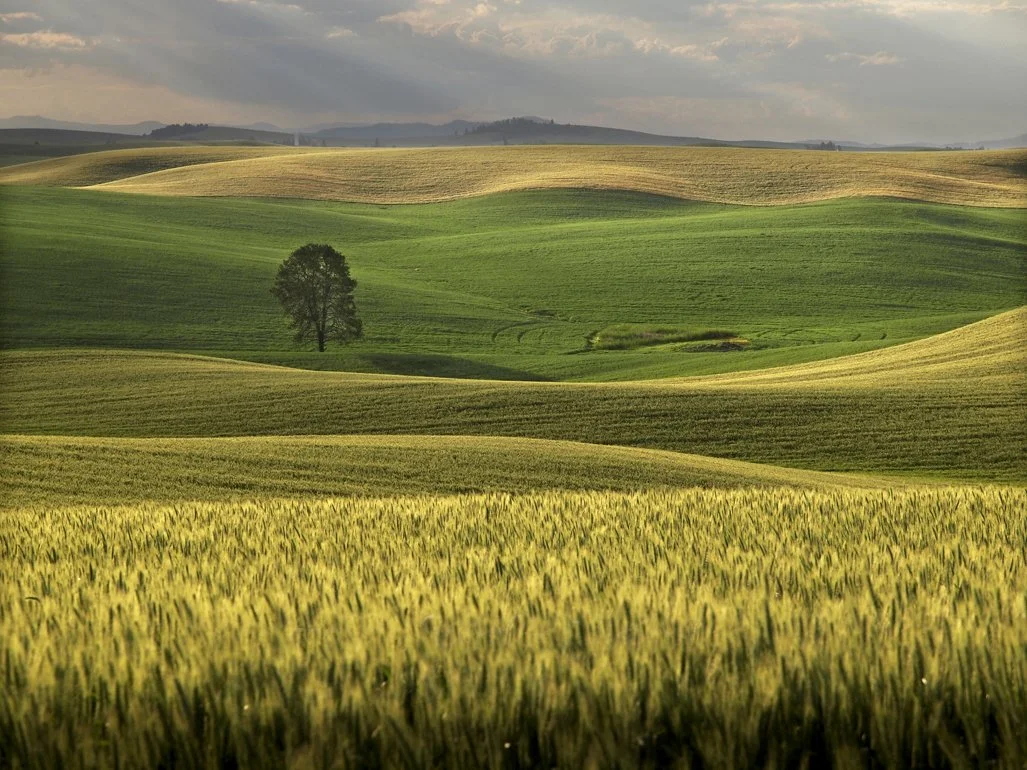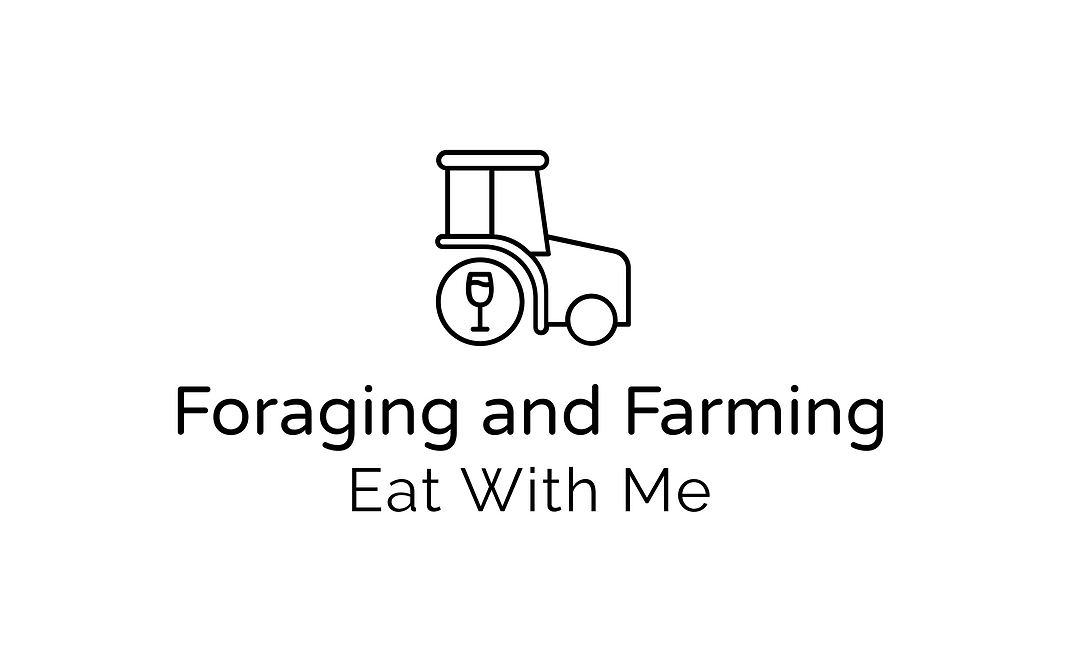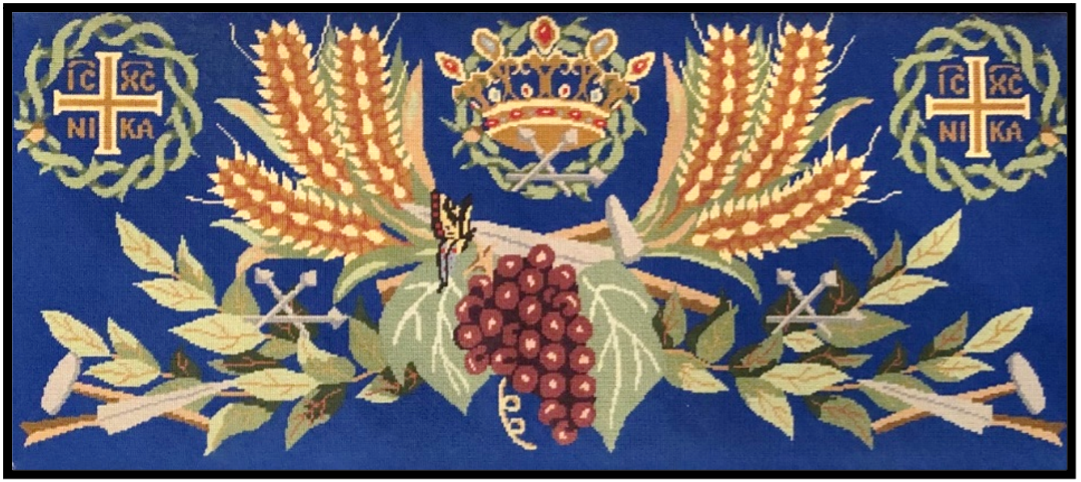
The Palouse Heritage Blog

More Supply Chain Disruptions Threaten Global Food Security

New Research Uncovers Immense Value from Old Wheat Varieties

‘Grain Forward’ with Palouse Heritage Grains & The History of Grain Exploration

Heritage Grains Play an Essential Role in National and Global Security
Determining and Affirming Values of Care

Perilous Bounty vs. Golden Wheatfields

